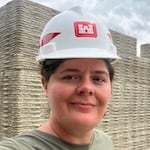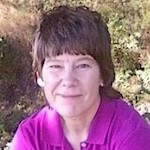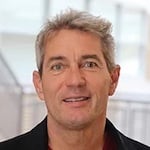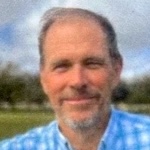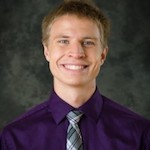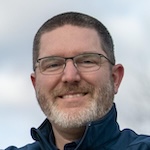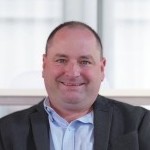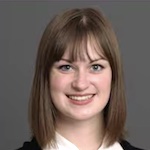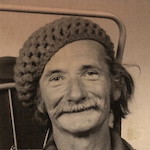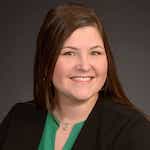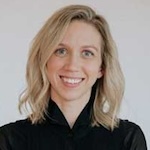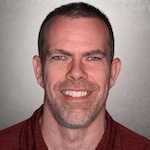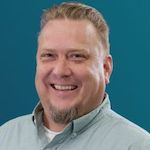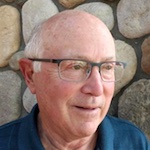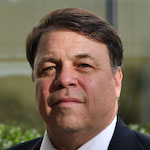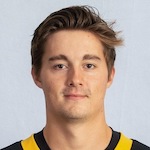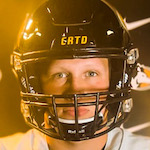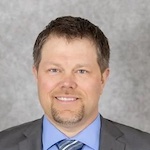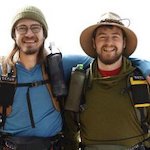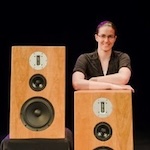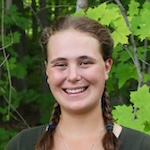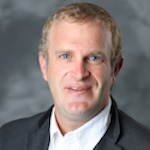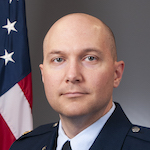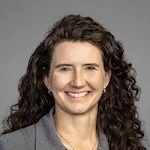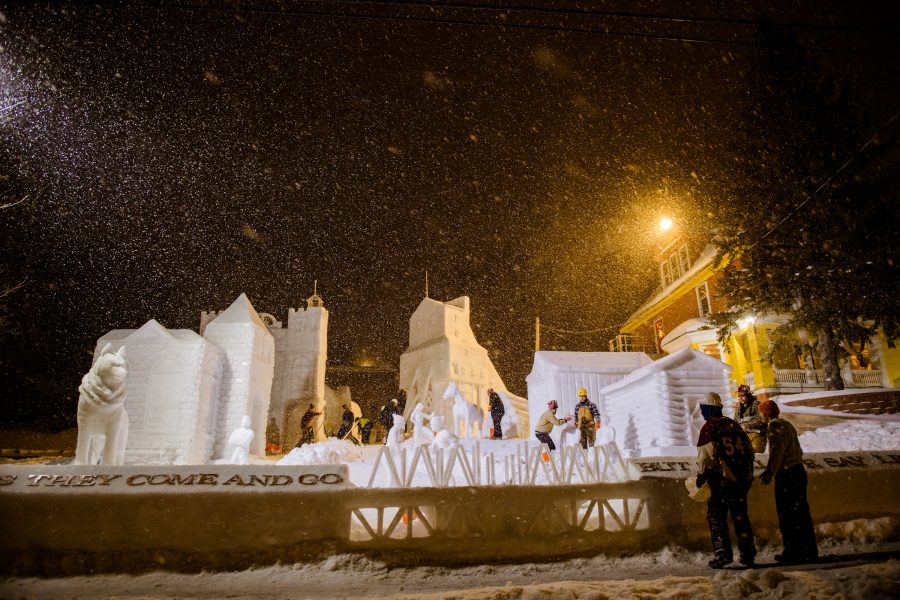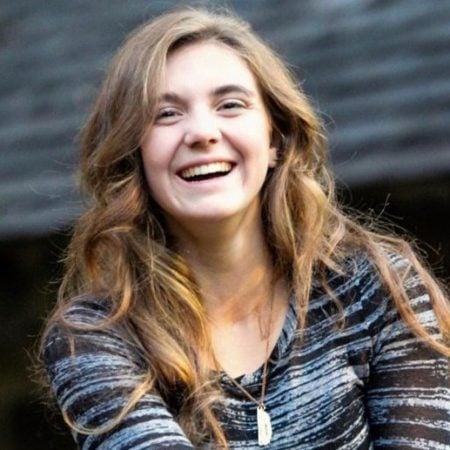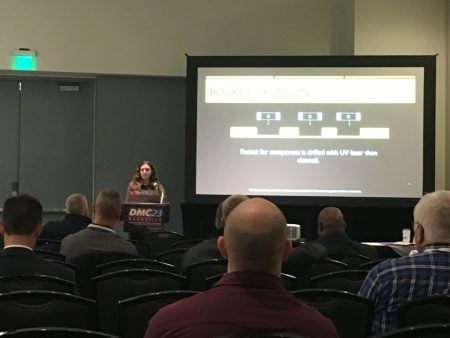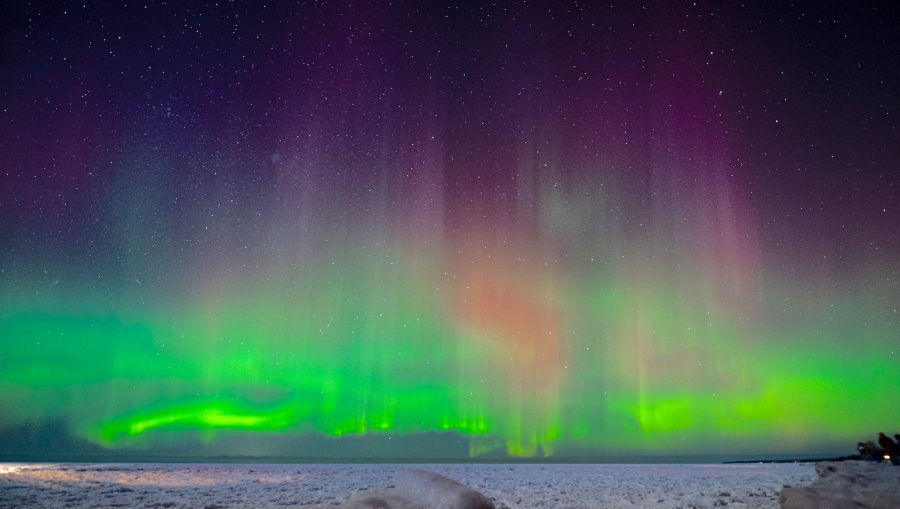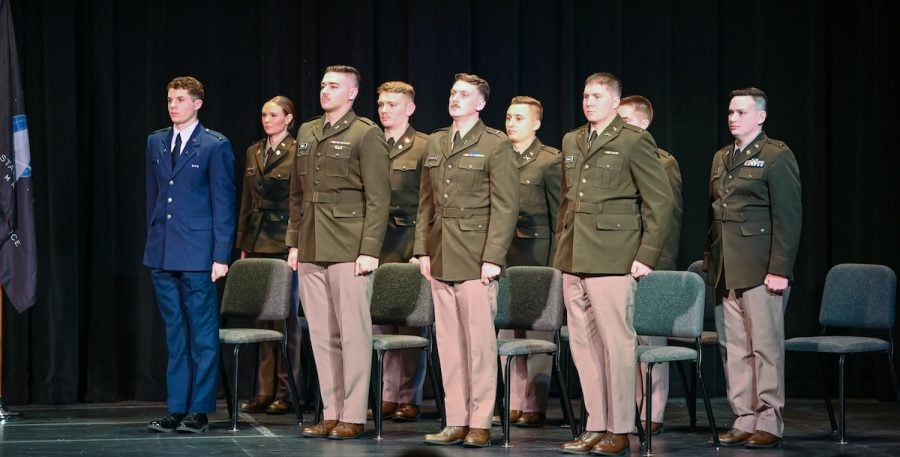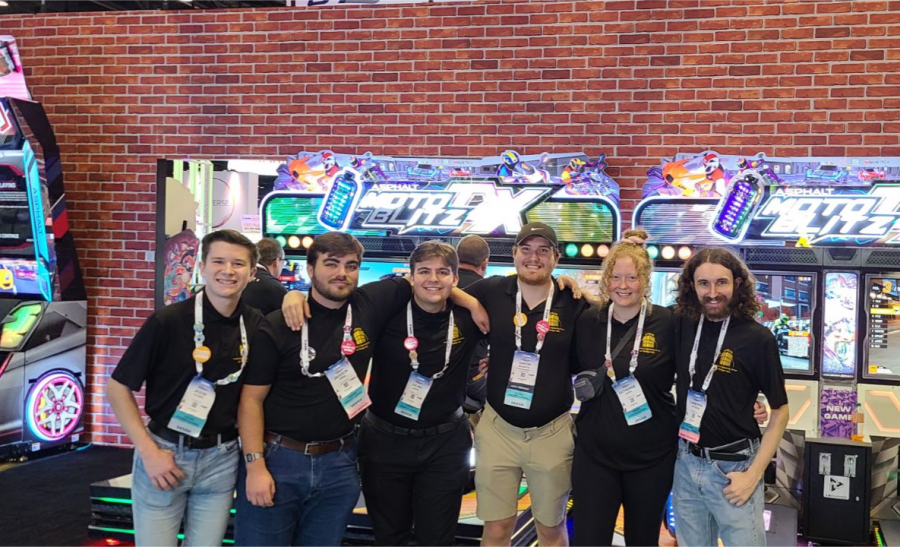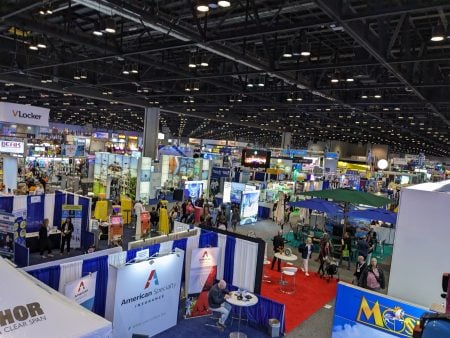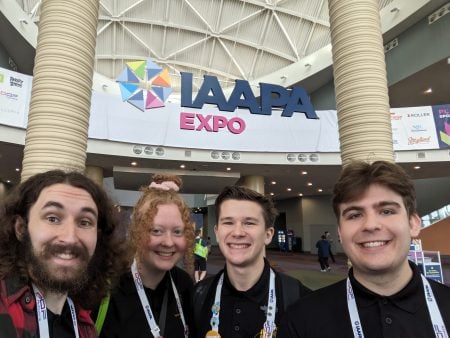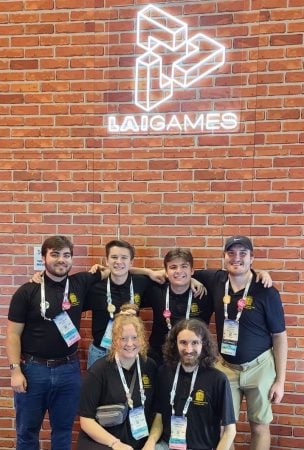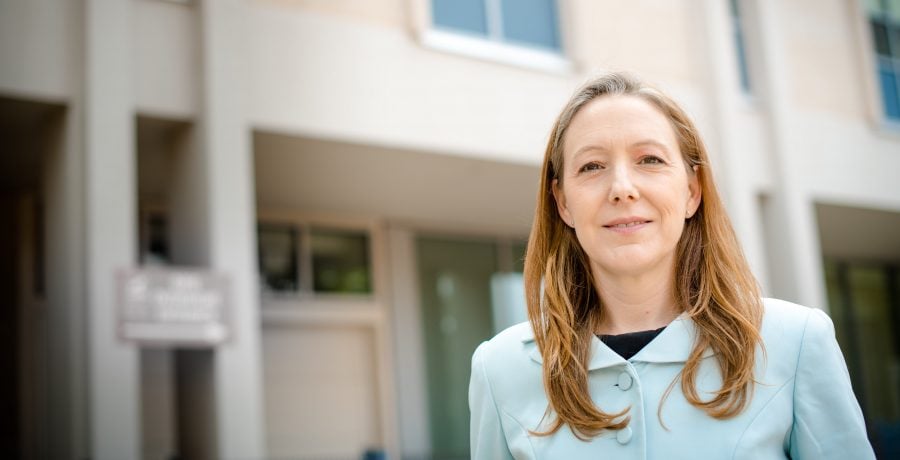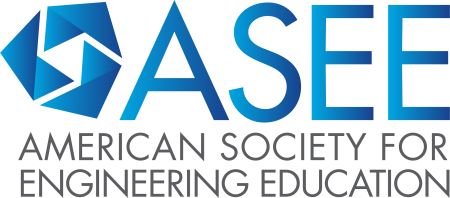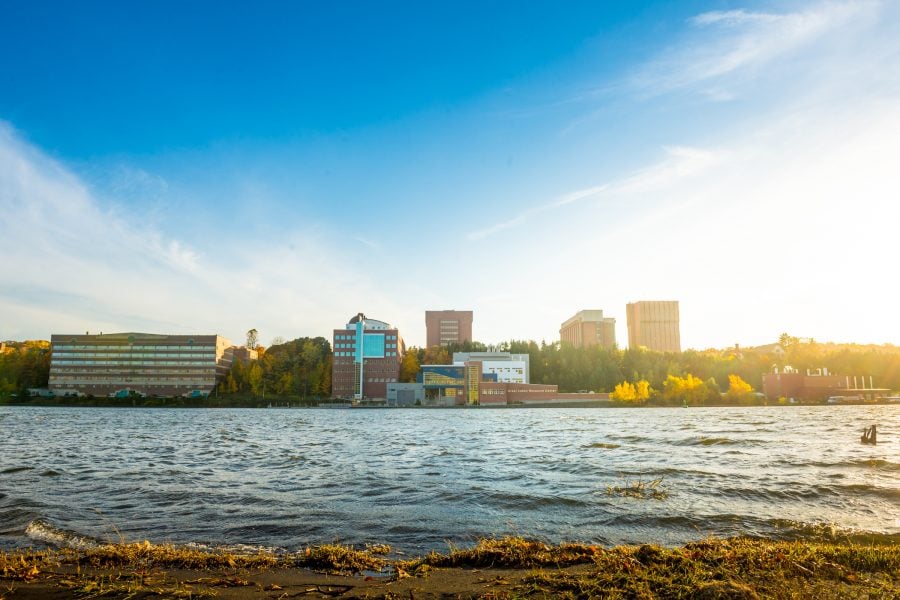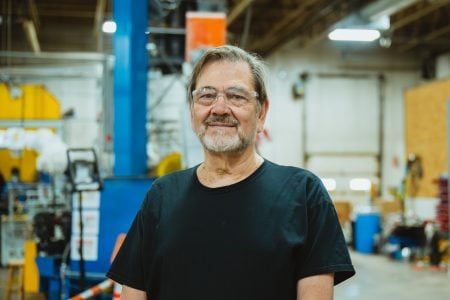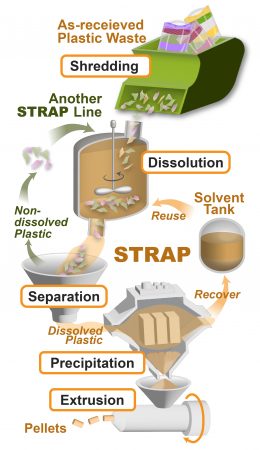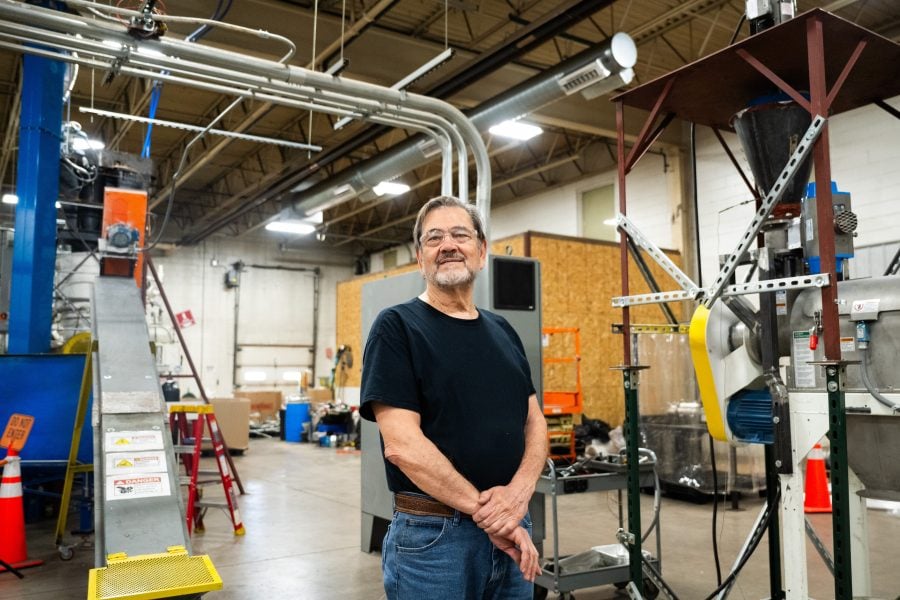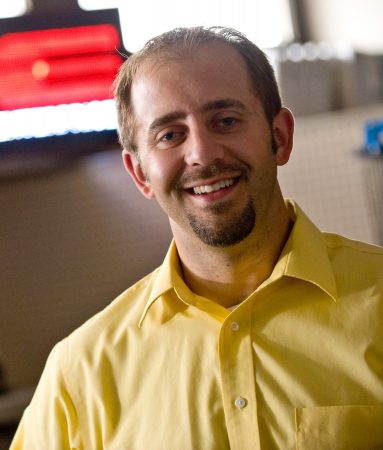
College of Engineering Dean Audra Morse has selected Christopher (Kit) Cischke, teaching professor from the Department of Electrical and Computer Engineering (ECE), as the first featured instructor in the spring 2024 Deans’ Teaching Showcase. Cischke will be recognized at an end-of-term event with other showcase members and is a candidate for the CTL Instructional Award Series.
In a departure from traditional grading systems, Cischke has transformed the educational landscape in EE3173 Hardware/Software System Integration by introducing “specifications grading,” an approach that establishes a clear passing threshold for understanding, eliminating the complexities associated with point-based grading. Students embraced the emphasis on comprehension over point accumulation, leading to positive feedback. One student said, “The grading style was super helpful because it motivated me to find learning objectives whenever I did assignments.” Another commented, “The lecture format, grading style and assignment structure all felt really good to me and helped my success in the class this semester.”
Under Cischke’s guidance, hands-on experiential learning has experienced another innovative improvement. From in-class code examples using simulators and small “Zumo Robots,” to the introduction of advanced-level courses with real-world applications like the multi2sim simulator, he consistently emphasizes the relevance of learned skills in professional settings. A highlight is the launch of a revised Computer Organization course featuring intensive Verilog design assignments, showcasing his dedication to fostering creativity and investigation among students.
Beyond transforming grading methods and reshaping hands-on experiential learning, Cischke has implemented concept maps as a tool to enhance the learning experience. Each class period begins with a reminder of how the day’s material aligns with broader course objectives, reflecting a commitment to refining teaching practices for optimal learning outcomes. Cischke is dedicated to proving the efficacy of concept maps in engineering education. “Professor Cischke is an exemplary role model as an instructor. He’s created an inspiring and dynamic learning environment for students in the electrical, computer and robotics engineering programs,” said Jin Choi, ECE chair.
Participation in a KEEN workshop focusing on the entrepreneurial mindset has added another layer to Cischke’s teaching philosophy. The resulting assignment engaged students in a creative project related to a restaurant’s soda fountain, demonstrating his ability to seamlessly blend innovation, entrepreneurship and technical skills in the classroom.
Cischke’s commitment to fostering inclusive student-teacher relationships is also noteworthy. Encouraging students to locate his office and make a simple human connection at the start of each semester has created a welcoming environment and made students strongly feel a sense of belonging. Collaborative debugging sessions, lively discussions about student projects and markings on his office whiteboard all reflect his open commitment to student success and sense of belonging.
Morse also commended Cischke: “His innovative teaching methods underscore his transformative impact on his student’s experience. His commitment to student-centered learning, hands-on experiences and fostering meaningful connections exemplifies the spirit of excellence in teaching that we want to showcase.”
